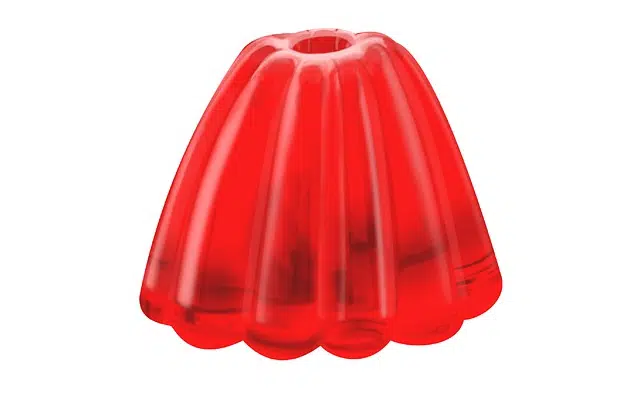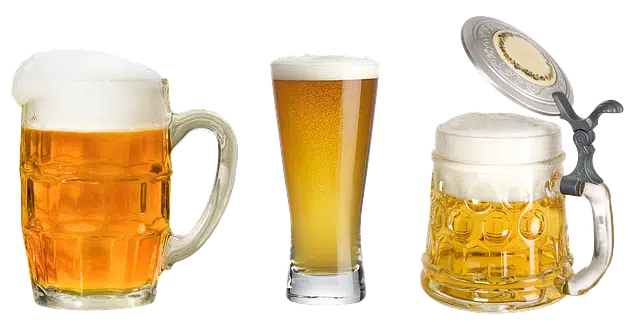
Gelatin is a colloid.
The concept of colloid is used to name that substance that, when found in a liquid, disperses little by little. A colloid is composed of two phases: a dispersing or dispersing phase and a dispersed phase .
The dispersing phase is a fluid : a continuous substance. The dispersed phase, on the other hand, is made up of colloid particles . In a colloidal system, the colloid particles - which are usually very small solid elements - are dispersed in the dispersing phase. It should be noted that, in certain cases, the dispersing phase of the colloid is not a liquid, but a matter in a different state of aggregation.
What are colloids
Colloid particles are microscopic and therefore cannot be detected with the naked eye. That is why colloids differ from suspensions , whose particles are visible without the need to resort to a microscope. Furthermore, suspensions can be filtered (colloids cannot) and their particles tend to separate at rest (something that colloid particles do not do).
It can be said that a colloid is a non-homogeneous system . According to the force of attraction between the dispersing phase and the dispersed phase, colloids have different characteristics and receive different names.

Among the different types of colloids is foam.
Classification according to type
Some colloids with their respective definitions:
* emulsion : it is a system in which the continuous and dispersed phase are liquid. It occurs when a liquid is suspended colloidally in another with which it cannot be mixed. To prepare it, you can start by placing the two liquids in a suitable container and shaking the mixture. Another possibility is to pass it through a homogenizer , the name given to a colloidal mill;
* sol : despite what this name may suggest at first, a colloid of relative instability is called lyophobic sol (they are described as meta-stable ). Raising the temperature or adding a moderate amount of electrolyte is usually sufficient to cause the dispersed particles to coagulate and precipitate;
* aerosol : according to its definition in the field of environmental engineering , it is a colloidal or colloid system whose particles can be solid or liquid and are dispersed in a gas with a marked subdivision. In fact, when saying aerosol it is possible to talk about both the particles and the gas itself. Today, the word aerosol is used in everyday speech to refer to a metal container whose contents are pressurized;
* gel : is a colloid in which the dispersed phase is liquid, while the continuous phase is solid. Its density can be compared to that of liquids, although its structure is more similar to that of a solid. Edible gelatin is probably one of the most common gels in general. Some gels are capable of changing colloidal state, depending on whether they are left at rest (to maintain their solid state) or shaken (to make them become liquid);
* foam : defined as a layer of globular liquid that encloses gas or vapor. Although it is similar to the emulsion, one of its differences is that its dispersed phase is a gas, and not a liquid. Furthermore, its gas bubbles are considerably larger than the globules of the emulsion. An example of this type of colloid can be seen on marine coasts.
Examples of colloids
Gelatin , cheese , shaving foam , and fog are some examples of colloids.
If we focus on the case of gelatin, we will notice that it is a mixture that, at room temperature, is semisolid, which is translucent and colorless. This colloid is produced by boiling collagen .
